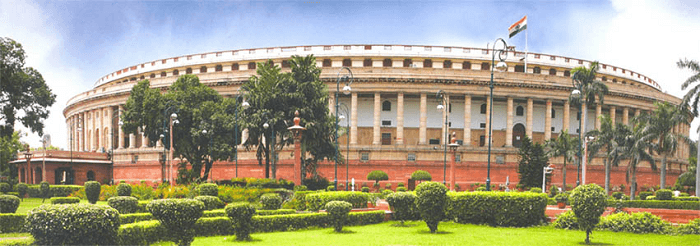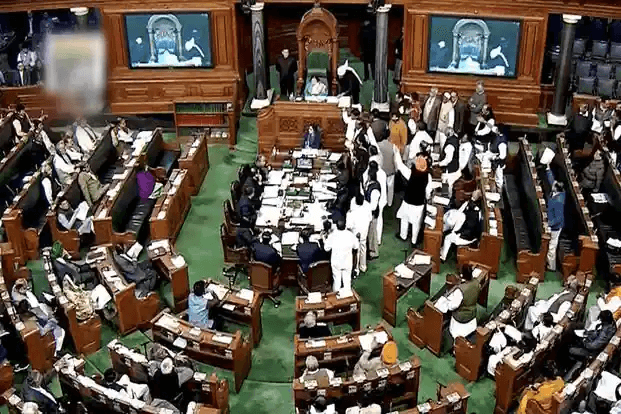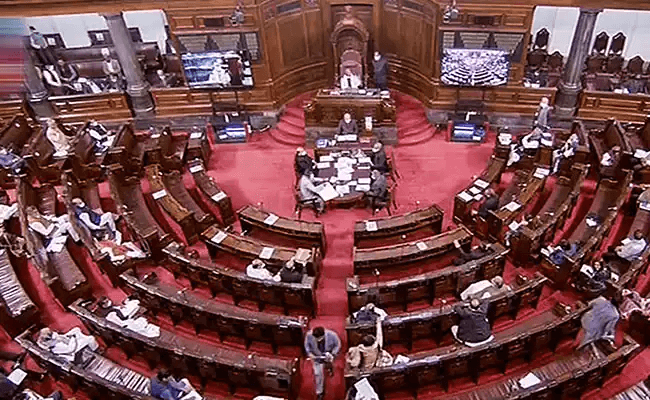What is the full form of MPMP: Member of ParliamentMP stands for Member of Parliament. The term "Member of Parliament" represents the elected members who represent the people who have voted for them in the elections. A Member of Parliament represents a constituency that is an electoral district from where he is elected or is chosen through an electoral list. In many countries that have bicameral legislatures of the Union, this phrase is used to describe lawmakers from the lower as well as members of the upper house. The term "Parliamentarian" is applied to the Government's elected leaders. The term also refers to the act of carrying out the duties of members of the legislative body, such as: "The two-party leaders often were not in agreement on issues; however, they were both great parliamentarians and worked together to get lots of great tasks accomplished." 
In India, a Member of Parliament is a member of one of the two houses of the Parliament of India, i.e., Lok Sabha and Rajya Sabha. Lok Sabha
At present, Lok Sabha has 543 seats, all of which are elected directly by the citizens of India from every parliamentary constituency of union territories and states through the first-past-the-post-election method. In the Lok Sabha, Members of the Parliament is representative of the Indian population. Lok Sabha is known as the Lower House of the Parliament of India. MPs of the Lok Sabha are chosen by direct elections based on the voting system. India's Parliament has two houses: the Rajya Sabha, or the Council of State, and the Lok Sabha, or the House of the People. Because of having two houses, the Indian parliamentary is a bicameral one. The maximum allowed strength of members of Parliament in Lok Sabha is 555. Out of 555, a maximum of 530 seats represent the constituencies in different states, and as many as 20 members represent those from the union territories (both elected by direct vote). Between 1952 and 2020, two seats were allocated to members of the Anglo-Indian communities, which is now discontinued. A coalition of parties or a party that forms the majority in Lok Sabha chooses the Prime Minister of India. Rajya Sabha
In the Rajya Sabha, Members of the Parliament is representative of the Indian states. It is also known as the Upper House of the Parliament of India. Members of the Rajya Sabha are chosen by the electoral college comprising of members of the legislative assemblies of states and union territories, and the President also appoints a few on the basis of their contributions in various fields. The total number of Rajya Sabha members is lesser than the MPs who are in Lok Sabha and have more limited power than Lok Sabha in decision-making. Rajya Sabha can have a maximum of 250 members as of 2022. Of these, 238 members are elected indirectly; of these 238 members, 229 belong to the state, while 9 belong to the Union territories like Delhi, Puducherry, Jammu, and Kashmir. They are elected through the Single transferable vote method for proportional representation. The President appoints the remaining 12 members to honor their contribution to the arts, sciences, literature, and social services. As membership in the Lok Sabha if for five years, membership in the Rajya Sabha is for six years, and it is a relatively enduring body and is not subject to dissolution at any point. However, approximately one-third of members retire every two years, and new elections and Presidential nominations fill vacancies as the third year commences. The allocation of members in each chamber by the states is already determined on the basis of their population proportion. Uttar Pradesh has the greatest representation in both chambers as of 2022 because it is the most densely populated state in India. The person who gets the majority of all seats of the Lok Sabha forms the Government. To form the Government, the parties could make an alliance. This process is also called forming a Coalition. A member is elected to the Rajya Sabha for a tenure of 6 years and to the Lok Sabha for 5 years (if the house doesn't dissolve before). Whenever a vacancy opens up in either of the houses due to the death of a member or resignation by any member, the position has to be filled within 6 months of vacating through elections only. The new member can then serve only the remaining term of the seat they were elected to. The number of seats available in both houses is controlled by the Constitution and the Statutes of the Parliament.
Next TopicFull Form
|
 For Videos Join Our Youtube Channel: Join Now
For Videos Join Our Youtube Channel: Join Now
Feedback
- Send your Feedback to [email protected]
Help Others, Please Share










